The mountains of the canton of Vaud, Switzerland lie in the alpine group we call the Bernese Alps and are often referred to as the Vaud Alps or Alpes Vaudoise in French. The highest point in the area is in the Diablerets massif at 3210m. The landscape of the area is dominated by views of the Diablerets, the nearby Grand Muveran (3051m), and the triple peaks above Leysin with their distinctive triple limestone summits named Tour d’Aï, Tour de Mayen and Tour de Famelon.
The Vaud is one of the 26 cantons of Switzerland and is in the Romandie, which refers to the western area of the country where French is spoken.
The land around Lake Geneva has been inhabited since prehistoric times and, by Roman times, was occupied by a Celtic tribe known as the Helvetii. The Helvetii were conquered by a Roman army commanded by Julius Caesar in 58BC. The Romans then established settlements in Vevey (Latin: Viviscus) and Lausanne (Lausonium or Lausonna). Although, by 27BC the centre of the Roman presence had moved to Avenches (Aventicum) where much of the Roman town can still be seen today.
The Vaud is known for some excellent Swiss wines. The history of growing grapes and making wines goes back a long time. It’s certain that the Romans were responsible for part of this, but some archaeological digs discovered grape seeds in settlements dating back to the Iron Age. No one really knows if these were naturally growing or cultivated. Today, the Vaud canton produces about a quarter of the 100 million litres of Swiss wine and the neighbouring canton of Valais produces another 40 percent, so this is very much the centre of Swiss viticulture. The secret of Swiss wine is that we drink most of it ourselves; we’ve got some of the best wines you’ve never heard of.
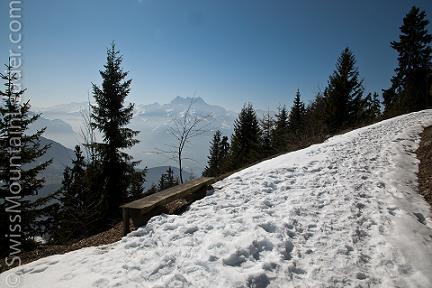
Much of the Alpes Vaudoises is accessible on snowshoes and it’s a great place for a snowshoe trip. Mountain railways link with the main Swiss rail network so it’s easy to reach whether it’s from the airport or another part of Switzerland. The close proximity of such sightseeing destinations as Lake Geneva, the historic Château de Chillon on the shore of the lake, or the fortified mountain village of Gruyères make it a good choice for anyone looking to combine snowshoeing with visiting some of Switzerland’s most iconic attractions.
Leysin – Come and take the “Licht und Luft” (light and air) cure
At the top of a mountain railway rising from Aigle in the Rhône valley lies Leysin. This was first settled around 400 A.D. when inhabitants of the Rhône valley fled waves of germanic tribes who were overrunning the Roman towns of Vevey and Lausanne as Rome’s grip on the western part of its empire failed and faded.
In 1789, Thomas Malthus – the English economist – noted in his book “Essays Upon the Principles of Population” that the people of Leysin were long lived. They had a life span of 61 and were enjoying longer lives than many of their European counterparts. He attributed this, in part, to the healthy climate. By the early 1800s nearby villagers were sending their sick children to Leysin to recuperate
The people of Leysin reckon they received one of their first tourists in 1873 when a young German suffering from tuberculosis came to try the good air of the village. The first guesthouse opened a few years later and Leysin was firmly on the map when the railway opened at in 1897.
By 1930, Leysin was booming with nearly 6,000 people in the village – only a couple of hundred of these were still farmers while there were 3,000 tuberculosis patients. Large clinics, or sanatoria, were built to house the patients. These large, grand buildings had large balconies where the patients would be wheeled out to take the air. They can be seen all over Leysin and today house some of the international schools based there. Of course, this was all over with the discovery of antibiotics. When the antibiotic streptomycin was developed in 1946, one by one, the clinics began to close.
Now Leysin is a tourist centre – summer and winter – and a new wave of visitors come to take their own “Licht und Luft” (light and air) cure.
To read this entire article, click here.


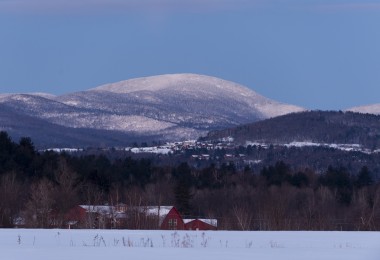
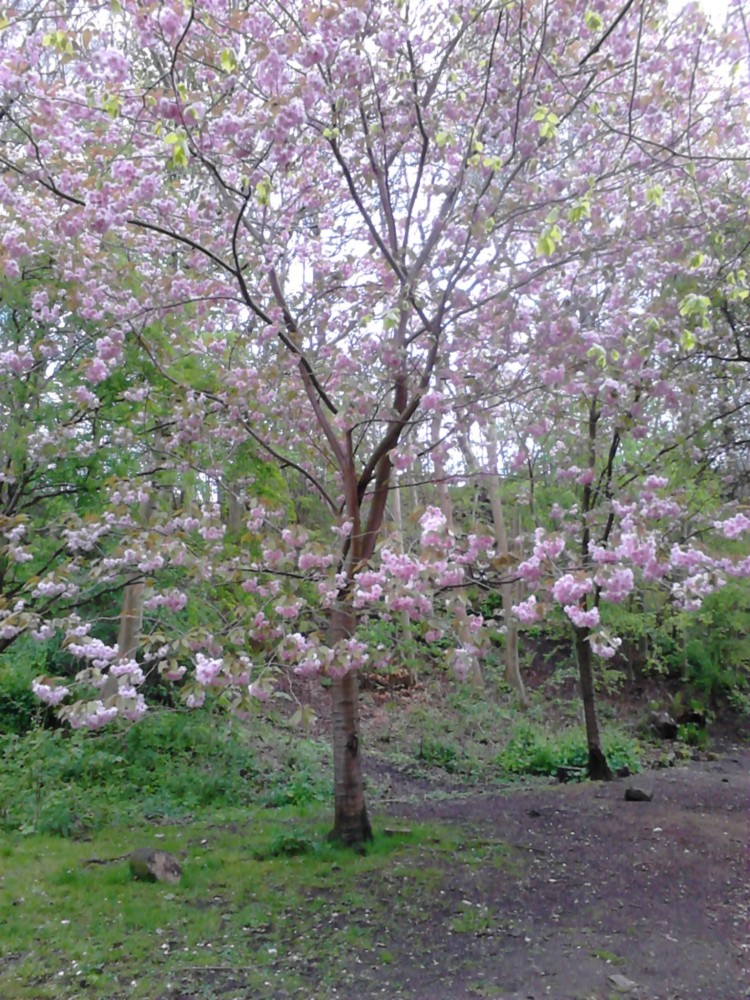
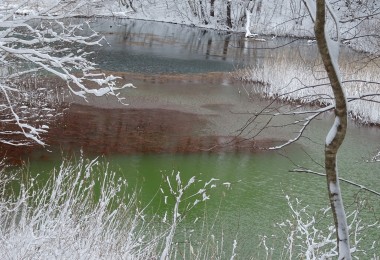
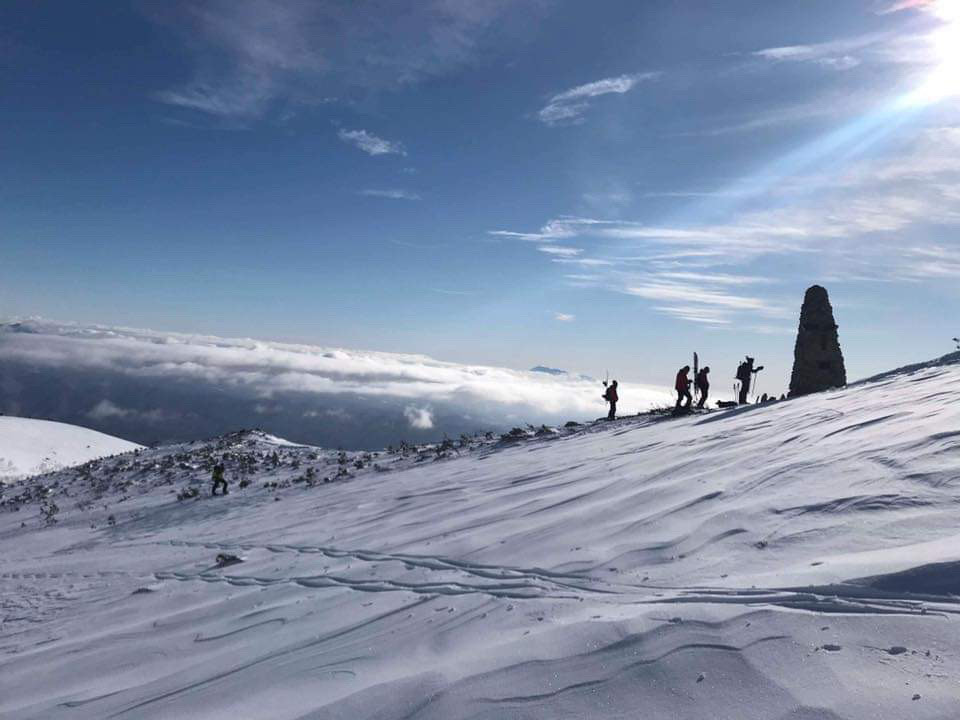

Leave a Comment